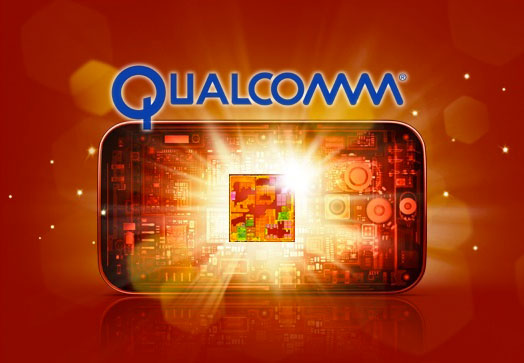
As mobile devices get more powerful and use cases get more complicated, users start to expect more graphical sophistication not only in their games but also in fluid and responsive user interfaces as well. That is why Qualcomm, one of the leading system-on-chip manufacturers today, is continually working on improving its Adreno graphics chips, the fruits of which we may start seeing early next year.
Adreno is the name given to the series of graphics processing units or GPUs developed by Qualcomm to go along with its processors. The most recent GPU at the moment is the Adreno 330 which comes with the Qualcomm Snapdragon 800 chip that is found in most high-end smartphones today. The company is rumored to be working on a next-generation Adreno 400 that is set to unveil together with the next Snapdragon processor.
There is very little detail on what the Adreno 400 will be bringing to the table, though it is only natural to expect that it will outdo the Adreno 330 to some extent. Currently the Adreno 330 has a 3.6 gigapixels per second fillrate, that is the amount of pixels it can render in one second, while the Adreno 320 before it was able to get 3.2 gigapixels per second. It is reasonable to speculate that the next chip could potentially reach or even surpass the 4.0 gigapixel mark. There are rumors, however, that the Adreno 400 will remove support for OpenCL, the Open Computing Language framework that allows programs to utilize the GPU, which is inherently faster than the CPU at number-crunching, as if it were a normal processor. That may, however, have very little effect on Android as the mobile platform does not inherently use OpenCL and has an equivalent framework called Renderscript instead.
Much of the Adreno 400 is still shrouded in mystery but that might change in a few months’ time. Qualcomm is expected to unveil its next Snapdragon, and thus the next Adreno, at the Consumer Electronics Show in early 2014.
VIA: GSMArena










Hello DUO CORE 64BIT soc @ 2.2Ghz..
We know Apple have already gone 64 bit, Samsung make their chips, Samsung are probably already pumping out the 14 nm chips, for integration with the GS 5, possibly to be announced at CES 14, Snapdragon 800, Adreno 330 is UD playback capable. Note 3 can record UD, Nexus 10 from over a year ago, has half the pixels, at 4 MP of UD at 8 MP, at 4 X the transistors running at twice the speed, 14 nm could give us UD gaming. Its time we had a UD tablet, 4X5″ FHD=10″ UD, Toshiba demonstrated a 10″ UD prototype at CES 13, personally I want to see Android get there first, but Apple have beaten us to 64 bit, they were first to exceed FHD (1080p.) The background is getting there too, with fiber to the home, hybrid fiber coax, fiber to the node, or apartment building basement, VDSL, power line home networks, to WiFi ac 1GB/s hotspots in every room. I managed to get 1080p (FHD) streaming, at peak hour, at my sisters place with just ADSL 2+, power line WiFi on a $50 Android HDMI stick, at just 150 MB/s, you only need around 6 MB/s and 20 MB/s for UD. UD (4k) is only 4X the pixels after all, 39″ have been $700 for 4 months now, UD BD players are now $330, UD Android sticks are $100. I managed to stream 3D, from my $320 FHD tablet, to my $35 Chromecast and $270 year old 3D screen, via a $60 power line WiFi hotspot and $40 ADSL 2+ modem, UD SOCs cost $20 wholesale. 8MP cameras can record UD, Nokia’s latest Windows Phone has five times as many pixels, RAM costs $1 a GB wholesale, flash drives cost 10¢ a GB wholesale and falling, just technobabling on, hope you found it amusing. :-).